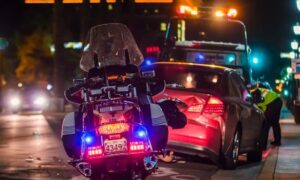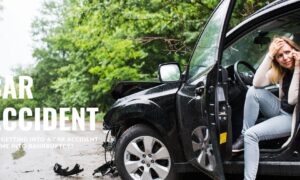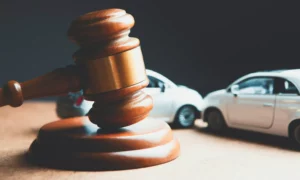In 2020 alone, the American economy car accident overhead came up to approximately $474 billion. The cost of an accident on an individual can be a few hundred dollars to thousands of dollars.
If another person was responsible for the accident, you are eligible for compensation. But getting compensation starts with proving the other party liable for the accident.
In most cases, insurance companies will have a clause that prohibits their clients from admitting liability in an accident, so you can expect that the other party will not admit liability even when it is obvious.
It Differs From Accidents
“Proving liability for some types of accidents is straightforward; for example, in rear-ended accidents, the driver that hits the other car in the rear will be at fault, except under very rare circumstances,” says attorney Bill Umansky from The Umansky Law Firm Criminal Defense & Injury Attorneys.
In left-turning car accidents, the left-turning driver is almost always at fault. Other types of accidents can be more complex. There are several things you can do to make proving liability much easier.
Scene Documentation and Witness Testimonies
First, ensure that you document the scene of the accident before it is tampered with while paying attention to details that can help prove liability, such as the angle of the vehicles involved in an accident, skid marks, and the side of the road where the accident occurred. Your lawyer or an expert witness can use your pictures and video footage of the scene to reconstruct an accident and prove liability.
Besides documenting the scene, the other important thing to do while at the scene is to gather witness testimonies. The earlier you gather witness testimonies, the more chances you have of getting the most accurate recollection from your witnesses.
The best approach is to put it in writing or get an audio-visual recording of their statement using your phone. While at it, do not forget to get their contacts so that you can locate them if they are willing to help you with your case.
CCTV, Dashcam Footage, and Police Report
If an accident occurs in a residential or business area, there is a high chance that a business or a home’s CCTV camera recorded the accident. If there is any, you could request the property owner’s permission to access their footage which you could use to prove liability. Also, if you or any of the cars had a dash cam, the footage can help prove liability.
A police report is also critical when proving liability. So it’s always best to call the police to the scene of an accident. When the police arrive, they will take pictures of the scene and gather witness reports, including testimonies from the accident victims.
They may also check for any other pieces of evidence, such as CCTV cameras which they could use to establish fault in cases where it is highly contested. After gathering the evidence, they will compile a report that is usually ready within two weeks from the date of the accident. When the report is ready, you can access it through your local police website or by visiting their office.
Working With a Lawyer Can Help
While the police report is not the only determinant factor when proving liability, having the police report collaborating with your account and that of your witnesses can make a big difference.
You could prove liability on your own. But in highly contested cases, working with a lawyer is always the best option because the opposition to a case increases with the extent of the damages.



































